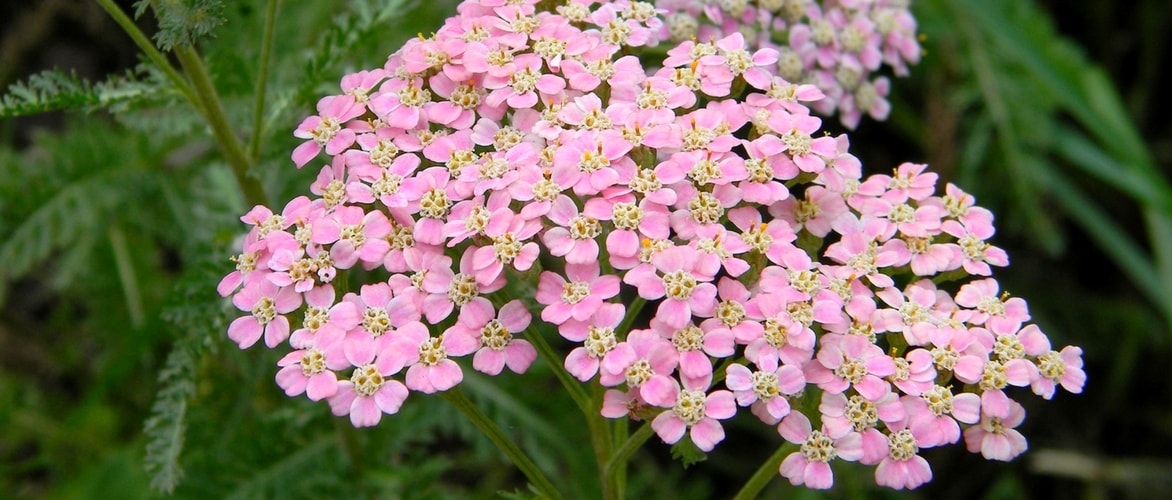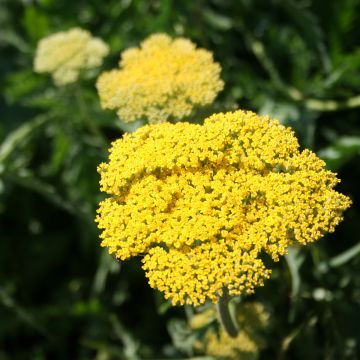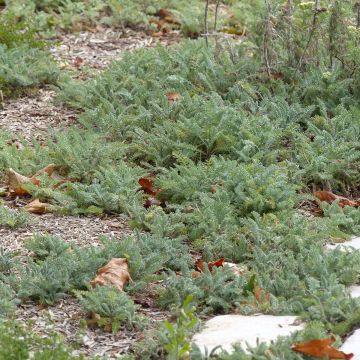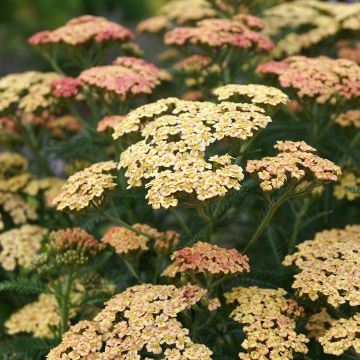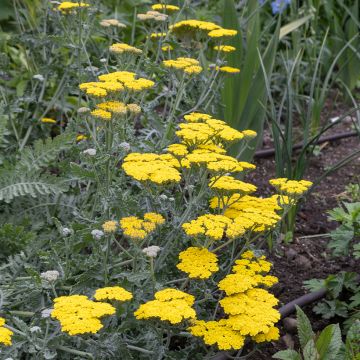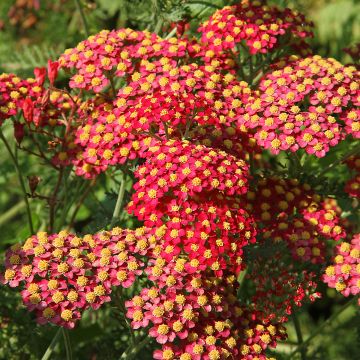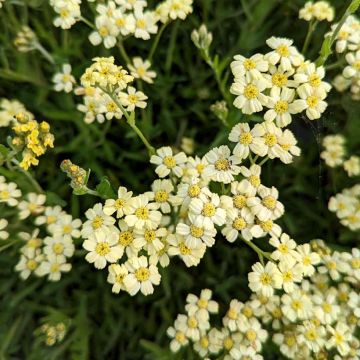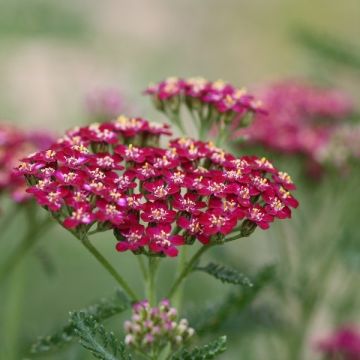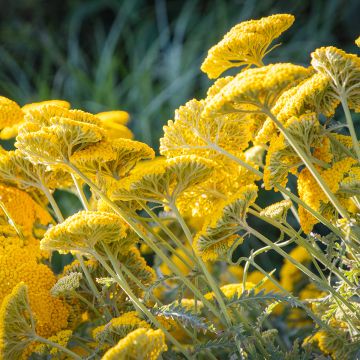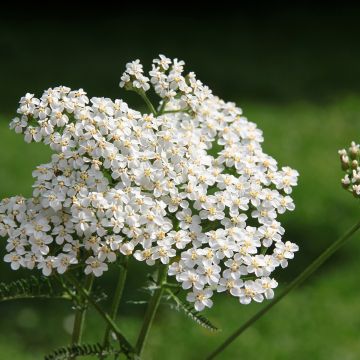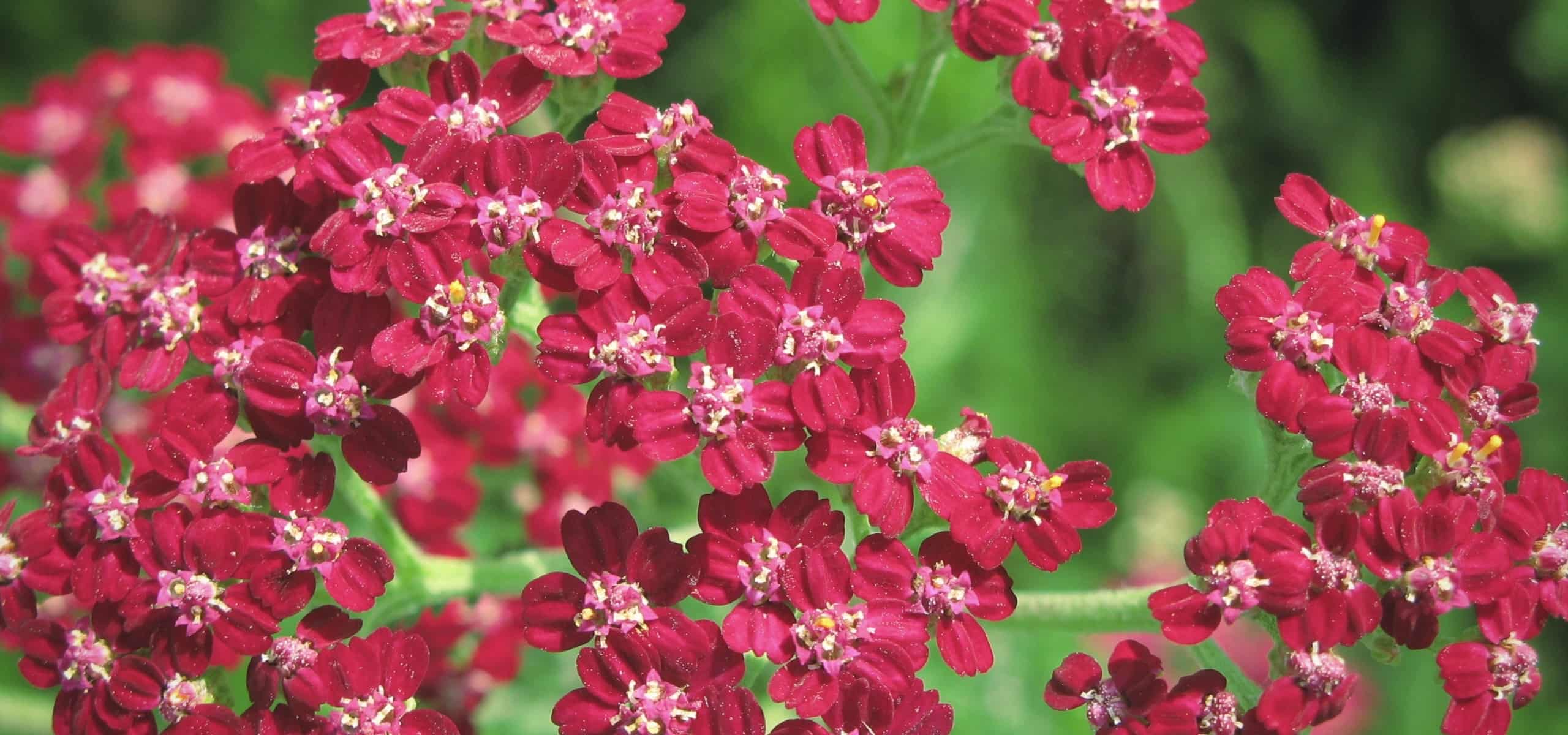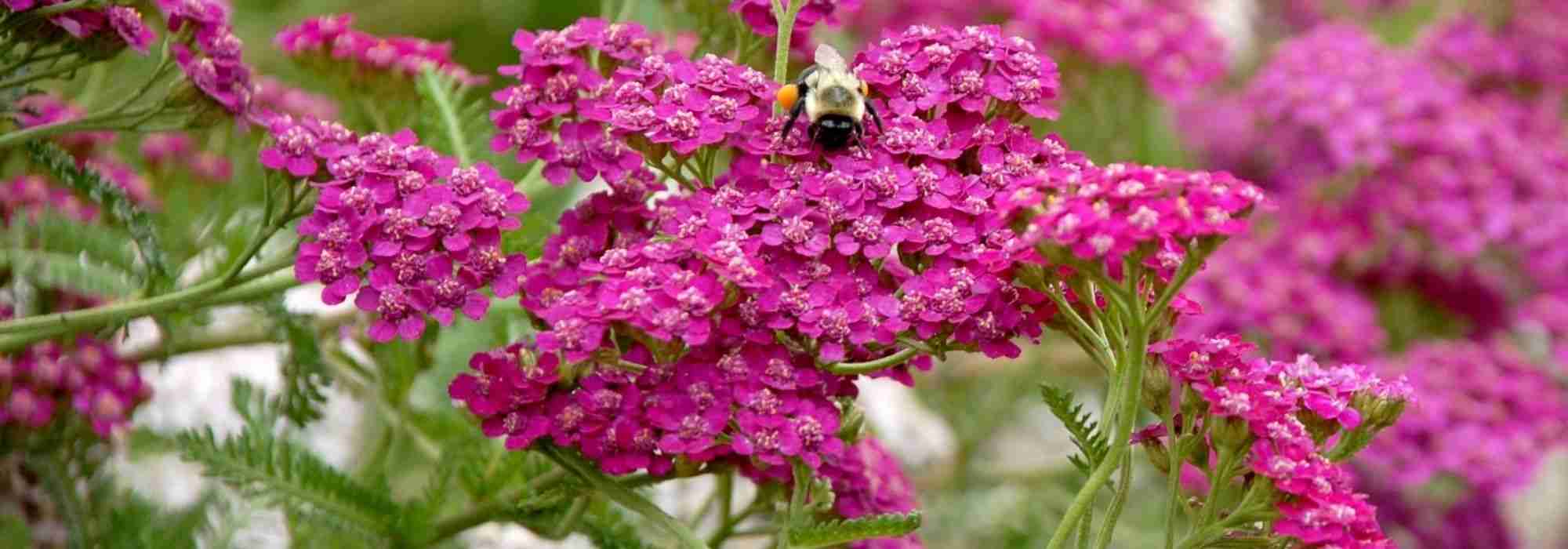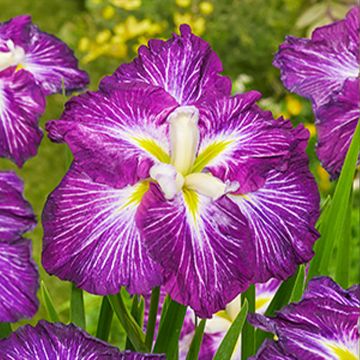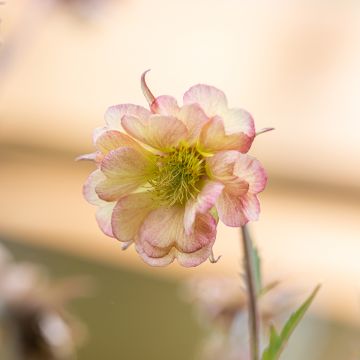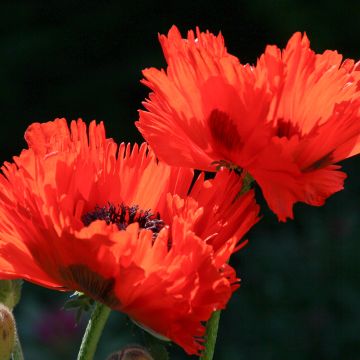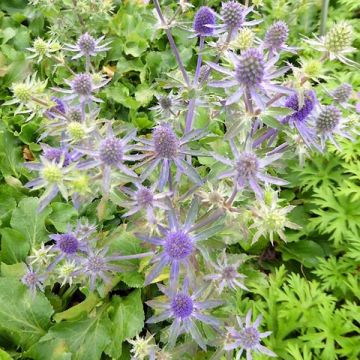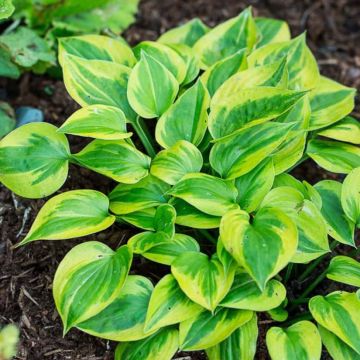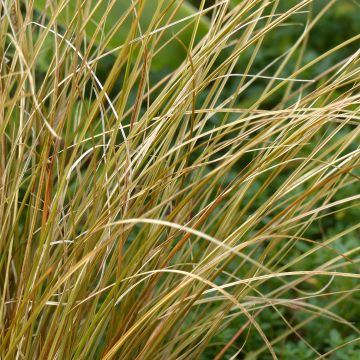

Achillea millefolium Hymne
Achillea millefolium Hymne
Achillea millefolium Hymne
Common Yarrow, Milfoil, Thousand-leaf, Nosebleed plant
the plant should recover well...
Phil, 13/04/2025
Special offer!
Receive a €20 voucher for any order over €90 (excluding delivery costs, credit notes, and plastic-free options)!
1- Add your favorite plants to your cart.
2- Once you have reached €90, confirm your order (you can even choose the delivery date!).
3- As soon as your order is shipped, you will receive an email containing your voucher code, valid for 3 months (90 days).
Your voucher is unique and can only be used once, for any order with a minimum value of €20, excluding delivery costs.
Can be combined with other current offers, non-divisible and non-refundable.
Home or relay delivery (depending on size and destination)
Schedule delivery date,
and select date in basket
This plant carries a 12 months recovery warranty
More information
We guarantee the quality of our plants for a full growing cycle, and will replace at our expense any plant that fails to recover under normal climatic and planting conditions.

Would this plant suit my garden?
Set up your Plantfit profile →
Description
The 'Hymne' yarrow is a creation by Bryan Kabbes that has the advantage of blooming abundantly from June to August in a sulphur yellow to creamy yellow color, tinged with a rather rare green shade for the species. It complements all color ranges in flower beds wonderfully well. This easily cultivated variety forms an upright clump with aromatic, greyish-green and deeply cut leaves, giving it a light and feathery silhouette. The yarrow requires no maintenance and can be planted in any garden in the sun, as long as it is kept away from heavy and moist soils. It is a perennial plant that is perfect for flower beds, resistant to heat and summer drought. With its spreading habit, it is also suitable as a ground cover, eventually forming beautiful flowering carpets as it spreads with its rhizomes.
The yarrow is a perennial plant that spreads by stolons and is native to Europe and Asia Minor, belonging to the asteraceae family. As a honey plant, yarrow attracts pollinators and supports the development of wildlife. The variety 'Hymne' forms a clump of matte leaves, particularly silver-green, starting from spring and reaching a height of 30 cm (12in) to 70 cm when flowering, with a spread of 60 cm. The stem is channelled and hairy, and the foliage is aromatic, finely cut into strips. The inflorescence is a slightly rounded and flattened corymb, composed of numerous small flower heads. When dried, the flowers remain decorative for a long time after summer and can also be dried outdoors and in the shade for creating dried bouquets. By regularly removing faded inflorescences, the very repeat-flowering period extends from June to August. It prefers fresh, light, and rich soils but also tolerates limestone soils, dry soils in summer, and less sunny exposures.
Perennial, hardy, and undemanding, the 'Hymne' yarrow will fit well in a dry meadow in combination with pennisetum, blue asters, lavenders, and benoites like the 'Eos' cultivar, which would enhance the almost fluorescent green hues of its flowers. Easy to grow and tolerant of drought, consider using it to cover the base of shrubs or border a sunny flower bed. In a colorful flower bed, consider pairing it with plants with silver foliage like artemisias and violet, blue, and orange flowers. Think about combining it with plants with slender silhouettes like torch lilies, Verbena bonariensis, rusty foxgloves, and Phygelius 'African Queen' to enhance the horizontal aspect of its umbels.
The plant has recognized medicinal properties: it is hemostatic, the leaves have healing properties, and the flowers have a stimulating, tonic, and febrifuge effect when concentrated. The young shoots, with a bitter taste, are harvested in spring and consumed sparingly in salads, sauces, or as sandwich fillings. In some regions, it is used to flavor beers. Yarrow tea is effective against oily skin.
Yarrow owes its name to the Greek hero Achilles, who is said to have discovered its medicinal properties by using it to treat the wounds of soldiers during the Trojan War.
Achillea millefolium Hymne in pictures


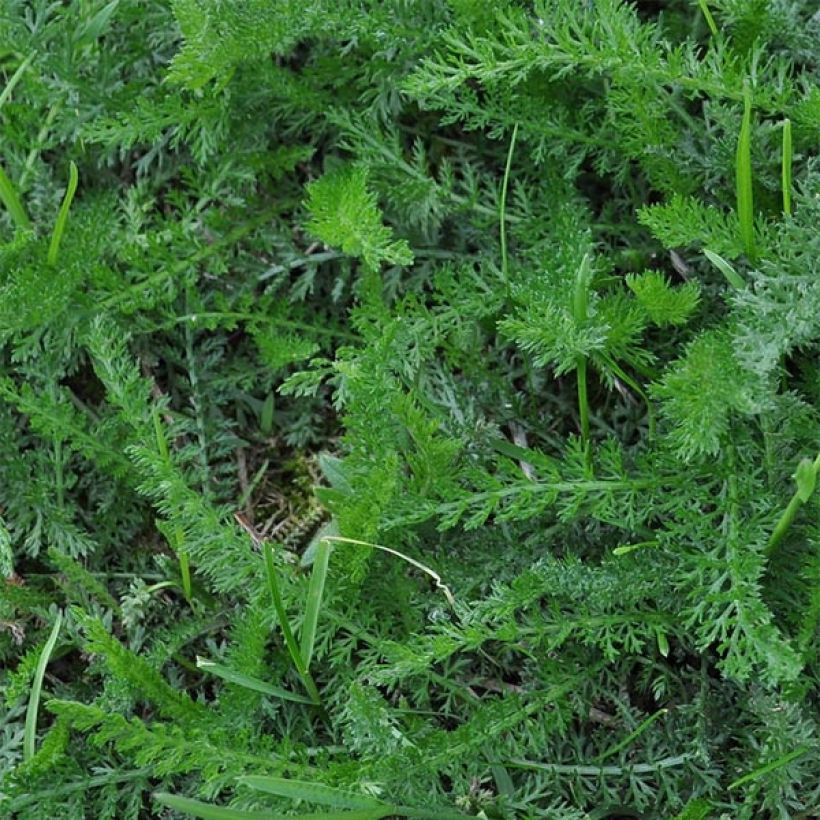

Flowering
Foliage
Plant habit
Botanical data
Achillea
millefolium
Hymne
Asteraceae
Common Yarrow, Milfoil, Thousand-leaf, Nosebleed plant
Cultivar or hybrid
Other Achillea
View all →Planting and care
Plant the 'Hymn' yarrow in any soil, even chalky, dry or moist but well-drained. It even adapts to clay soils, if they are healthy and well amended. It will grow in partial shade but prefers full sun. In a cool climate, planting can be done all year round. In regions with hot and dry summers, it is preferable to plant in September-October so that the plant can root well during autumn and winter to withstand the following summer. It is advisable to cut back all vegetation at the end of the season to encourage the growth of young shoots in spring.
Planting period
Intended location
Care
Planting & care advice
-
, onOrder confirmed
Reply from on Promesse de fleurs
Similar products
Haven't found what you were looking for?
Hardiness is the lowest winter temperature a plant can endure without suffering serious damage or even dying. However, hardiness is affected by location (a sheltered area, such as a patio), protection (winter cover) and soil type (hardiness is improved by well-drained soil).

Photo Sharing Terms & Conditions
In order to encourage gardeners to interact and share their experiences, Promesse de fleurs offers various media enabling content to be uploaded onto its Site - in particular via the ‘Photo sharing’ module.
The User agrees to refrain from:
- Posting any content that is illegal, prejudicial, insulting, racist, inciteful to hatred, revisionist, contrary to public decency, that infringes on privacy or on the privacy rights of third parties, in particular the publicity rights of persons and goods, intellectual property rights, or the right to privacy.
- Submitting content on behalf of a third party;
- Impersonate the identity of a third party and/or publish any personal information about a third party;
In general, the User undertakes to refrain from any unethical behaviour.
All Content (in particular text, comments, files, images, photos, videos, creative works, etc.), which may be subject to property or intellectual property rights, image or other private rights, shall remain the property of the User, subject to the limited rights granted by the terms of the licence granted by Promesse de fleurs as stated below. Users are at liberty to publish or not to publish such Content on the Site, notably via the ‘Photo Sharing’ facility, and accept that this Content shall be made public and freely accessible, notably on the Internet.
Users further acknowledge, undertake to have ,and guarantee that they hold all necessary rights and permissions to publish such material on the Site, in particular with regard to the legislation in force pertaining to any privacy, property, intellectual property, image, or contractual rights, or rights of any other nature. By publishing such Content on the Site, Users acknowledge accepting full liability as publishers of the Content within the meaning of the law, and grant Promesse de fleurs, free of charge, an inclusive, worldwide licence for the said Content for the entire duration of its publication, including all reproduction, representation, up/downloading, displaying, performing, transmission, and storage rights.
Users also grant permission for their name to be linked to the Content and accept that this link may not always be made available.
By engaging in posting material, Users consent to their Content becoming automatically accessible on the Internet, in particular on other sites and/or blogs and/or web pages of the Promesse de fleurs site, including in particular social pages and the Promesse de fleurs catalogue.
Users may secure the removal of entrusted content free of charge by issuing a simple request via our contact form.
The flowering period indicated on our website applies to countries and regions located in USDA zone 8 (France, the United Kingdom, Ireland, the Netherlands, etc.)
It will vary according to where you live:
- In zones 9 to 10 (Italy, Spain, Greece, etc.), flowering will occur about 2 to 4 weeks earlier.
- In zones 6 to 7 (Germany, Poland, Slovenia, and lower mountainous regions), flowering will be delayed by 2 to 3 weeks.
- In zone 5 (Central Europe, Scandinavia), blooming will be delayed by 3 to 5 weeks.
In temperate climates, pruning of spring-flowering shrubs (forsythia, spireas, etc.) should be done just after flowering.
Pruning of summer-flowering shrubs (Indian Lilac, Perovskia, etc.) can be done in winter or spring.
In cold regions as well as with frost-sensitive plants, avoid pruning too early when severe frosts may still occur.
The planting period indicated on our website applies to countries and regions located in USDA zone 8 (France, United Kingdom, Ireland, Netherlands).
It will vary according to where you live:
- In Mediterranean zones (Marseille, Madrid, Milan, etc.), autumn and winter are the best planting periods.
- In continental zones (Strasbourg, Munich, Vienna, etc.), delay planting by 2 to 3 weeks in spring and bring it forward by 2 to 4 weeks in autumn.
- In mountainous regions (the Alps, Pyrenees, Carpathians, etc.), it is best to plant in late spring (May-June) or late summer (August-September).
The harvesting period indicated on our website applies to countries and regions in USDA zone 8 (France, England, Ireland, the Netherlands).
In colder areas (Scandinavia, Poland, Austria...) fruit and vegetable harvests are likely to be delayed by 3-4 weeks.
In warmer areas (Italy, Spain, Greece, etc.), harvesting will probably take place earlier, depending on weather conditions.
The sowing periods indicated on our website apply to countries and regions within USDA Zone 8 (France, UK, Ireland, Netherlands).
In colder areas (Scandinavia, Poland, Austria...), delay any outdoor sowing by 3-4 weeks, or sow under glass.
In warmer climes (Italy, Spain, Greece, etc.), bring outdoor sowing forward by a few weeks.






























